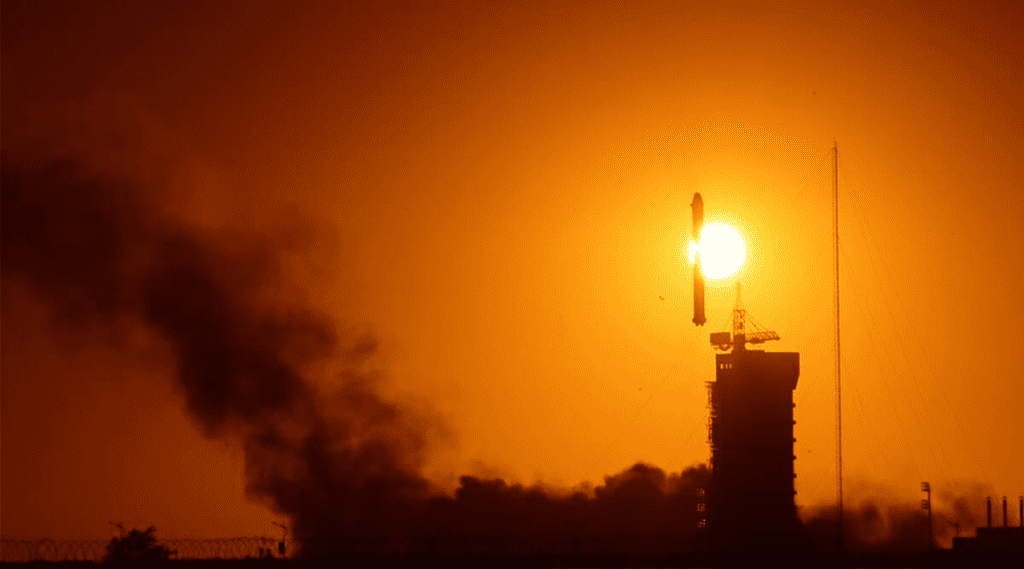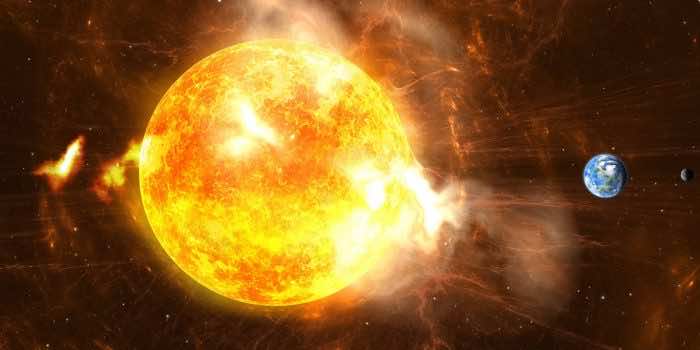This Sunday China will launch its first dedicated solar observatory into space to help investigate what goes inside the Sun, according to a report published in Nature magazine on Friday.
The Advanced Space-based Solar Observatory (ASO-S) will have three instruments. These will give insight into how the Sun’s magnetic field leads to coronal mass ejections (CMEs) and other eruptions.
The observatory was an extravagant expense of 900 million yuan (U.S. $126 million)!
Chinese scientists first suggested such a mission in the 1970s, Weiqun Gan, an astrophysicist at the Purple Mountain Observatory of the Chinese Academy of Sciences in Nanjing, and the mission’s chief scientist told Nature magazine.

“We always wanted to do something like this,” he added.
ASO-S will look across different wavelengths of the sun’s magnetic field simultaneously to find the causes of the relation between its magnetic field and its energetic emissions.
Chinese scientists have given ASO-S the nickname Kuafu-1, after a giant in Chinese mythology who aimed to catch and tame the Sun. The tool’s mission will go on for four years and will observe the Sun from an orbit 720 kilometers above Earth’s surface.
Gan added that this time frame will cover the 2024–25 peak of the solar cycle, which lasts 11 years on average. “In these peak years we can observe a lot of eruptions,” he explained.
The mission will also calculate how solar flares and CMEs can affect Earth when they interact with the planet’s atmosphere by studying the ‘space weather’ that results from these activities. On Earth, this weather has been known to interfere with navigation systems and disrupt power grids.

One of the instruments used in the tool is a magnetograph that will help study the Sun’s magnetic field, an X-ray imager for studying the high-energy radiation released by electrons accelerated in solar flares, and a coronagraph to investigate the plasma produced by flares and CMEs.
This is not the first Chinese project to focus expansively on CMEs. Just last August, China was working on developing the world’s largest array of telescopes designed to study the Sun. The array called the Daocheng Solar Radio Telescope (DSRT) has been engineered to help scientists better understand CMEs.


